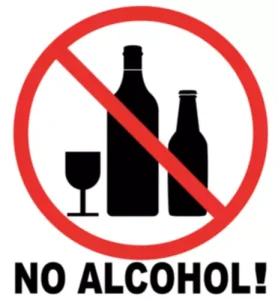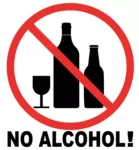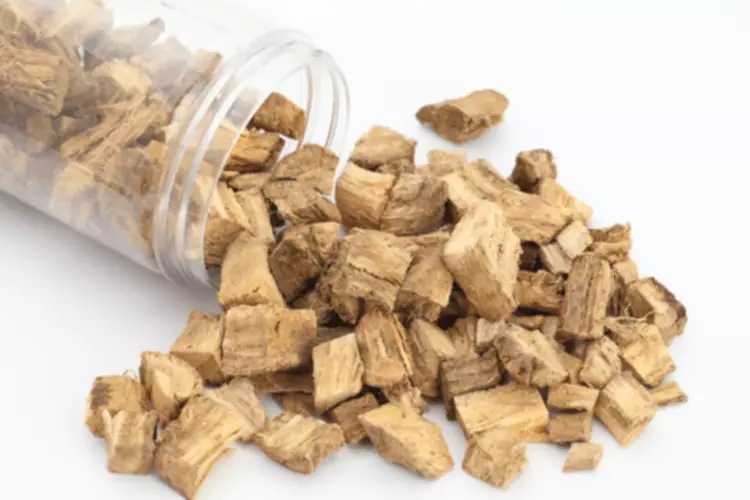Teenage Alcoholism: Underage Drinking Facts and Statistics

Attempting to dive straight in to a discussion about drinking may be a quick way to trigger an unpleasant fight. A better tactic is to find an area of common ground, such as sports or movies. Once you’re able to peacefully discuss a common interest, it may be easier to get your teen talking about the more sensitive issue of alcohol use. The physical and hormonal changes can create emotional ups and downs as kids struggle to assert their independence and establish their own identities. According to United States government statistics, by age 15, nearly 30% of kids have alcohol rehab had at least one drink, and by age 18, that figure leaps to almost 60%. Here are more resources on what to do if you suspect your teenager is drinking.
Treatment Programs Should Actively Work to Retain Teens
People in need may turn to readily available items like Iodex sandwiches, fevibond, sanitizer, whitener, etc., for comfort due to poverty and other circumstances to stop additional behavioral and other changes in youth discouragement is necessary 42-44. You’ve found bottles of alcohol hidden in your child’s room and regularly smelled alcohol on their breath. You’ve noted the steep drop-off in their schoolwork, abrupt changes in their behavior, and the loss of interest in their former hobbies and interests. Working on developing boundaries and the ability to say no in uncomfortable situations can help your child deal with peer pressure and resist the need to drink. Regardless of the causes, the sooner the problem is identified, the earlier a teen can begin treatment to address both the symptoms and the underlying causes of alcoholism. Talk It Out suggests the whole family Take the Pledge to keep kids free from alcohol use by clicking here or opting in by text.

Top Alcohol and Teens Related Articles

Motivationalenhancement techniques and motivational interviewing are importantand clearly have to be a part of engagement (Barnett, Monti, and Wood, 2001;Winters,1999). Vouchers to promote attendance and the completion ofactivities allow program providers to reinforce positive behavior(Drug Strategies,2003). Education is an extremely important part of the treatment of teenage alcoholism.

NA and Other Peer Support Groups for Drug Addiction
For males, it is defined as having five or more drinks on the same occasion at least one day in the past month. For females, binge drinking means having four or more drinks on the same occasion on at least one day in the past month. Although binge drinking can have negative health consequences, not all people who binge drink are necessarily addicted to alcohol.
Many develop a “rebellious” attitude early on when it comes to drinking alcohol or other substances, and there needs to be an understanding of why and how this occurs before they can be helped through treatment. Although adults of legal drinking agedrink more oftenthan teens, when teens do drink, they tend to consume more alcohol. However, medical professionals have not approved any of these medications to treat alcoholism in people less than 18 years of age. There are studies to indicate that medications that treat seizures, like gabapentin (Neurontin) and topiramate (Topamax), can help reduce drinking in individuals with alcoholism. However, there is little data about the use of these medications for the treatment of alcoholism in people under 18 years of age.

Alcohol Abuse Prevention
To date, and to the best of our knowledge, only one other study in the literature has analyzed the consequences of underage drinking on high school GPA. Second, rather than rely on self-reported GPA, we use objective GPA data from academic transcripts, reducing the potential for systematic biases in the estimation results. Third, we take advantage of the longitudinal nature of the Add Health data and use fixed-effects models to purge the analysis of time invariant unobserved heterogeneity. Fixed-effects techniques are superior to instrumental variables (IV) estimation when the strength and reliability of the instruments are suspect (French & Popovici, 2009). Finally, we explore a variety of mechanisms that could underlie a detrimental effect of alcohol use on grades. In addition to analyzing mediators related to exposure to education (days of school skipped), we investigate the effect of drinking on students’ ability to focus on and adhere to academic objectives.
Neural Consequences of Underage Heavy Drinking
If you’ve discovered your child or teen is drinking alcohol, it’s normal to feel upset, angry, and worried. Underage drinking can have serious implications that may not show up until later in your child’s life. Using alcohol at a young age can impact how a teen’s brain develops, disrupt their sleeping patterns, delay puberty, make it harder to concentrate at school, and even increase their risk for liver and heart disease, high blood pressure, and certain types of teenage alcoholism cancer. It’s not always easy for parents to tell the difference between alcohol use and adolescents’ attempts to establish independence. For example, teens usually want more privacy and autonomy than they did as children. When a teenager lies about where they’re going and what they’re doing, this may be another of the signs of alcoholism.

Regarding targets, the results suggest that in addition to focusing on friends, interventions aimed at reducing social influence on alcohol use may address the roles of romantic partners’ https://ecosoberhouse.com/ and partners’ friends in determining alcohol use. Regarding content, the present findings suggest that intervention content should be tailored according to relationship type and adolescents’ ages. A comprehensive, integrated treatment approach ensures that theprogram addresses all of an individual teen’s treatment needs, whichmay include addressing mental health problems, family dysfunction,learning disabilities or school failure, and physical healthconcerns. In addition, this approach should connect adolescents andtheir families with an array of community services. Treatmentproviders, often funded by the health care system, should coordinatewith all settings in which teens in need of treatmentinteract—school, home, family, peer group, and where appropriate,the criminal justice system and the workplace.
Teen Alcohol Abuse & Treatment Guide
- Hence, inpatient or residential treatment for teen alcoholism is often necessary for sustainable recovery.
- We estimated the effect of alcohol use on this variable using a fixed-effects logit technique.
- Formerly known as alcoholism, alcohol use disorder (AUD) can affect people of all ages.
- Although teen substance use has generally decreased over the past five years, prolonged opioid, marijuana, and binge drinking use are still common among adolescents and young adults 9.
- While increased drinking could lead an adolescent to drop out of school, reduced drinking could lead a dropout to re-enroll.
The most intensive form ofinpatient treatment involves 24-hour supervision by professionalstaff. Group home living, such as halfway houses, is the leastintensive inpatient treatment setting. Intensity may be graduatedwith a short and intensive residential stay in a professionaltreatment facility, followed by a much longer adjustment period in“sober living” arrangements. The goal of inpatient treatment is toprovide sufficient structure to allow the patient to make major lifechanges, while strictly limiting access to alcohol and drugs. Five treatment settings exist for teens (CSAT, 2000c).Generally speaking, treatment settings can be ordered based onintensity. A review of the literature reveals that there is littlespecific information about how these settings have been adjusted tomeet adolescents’ needs.
